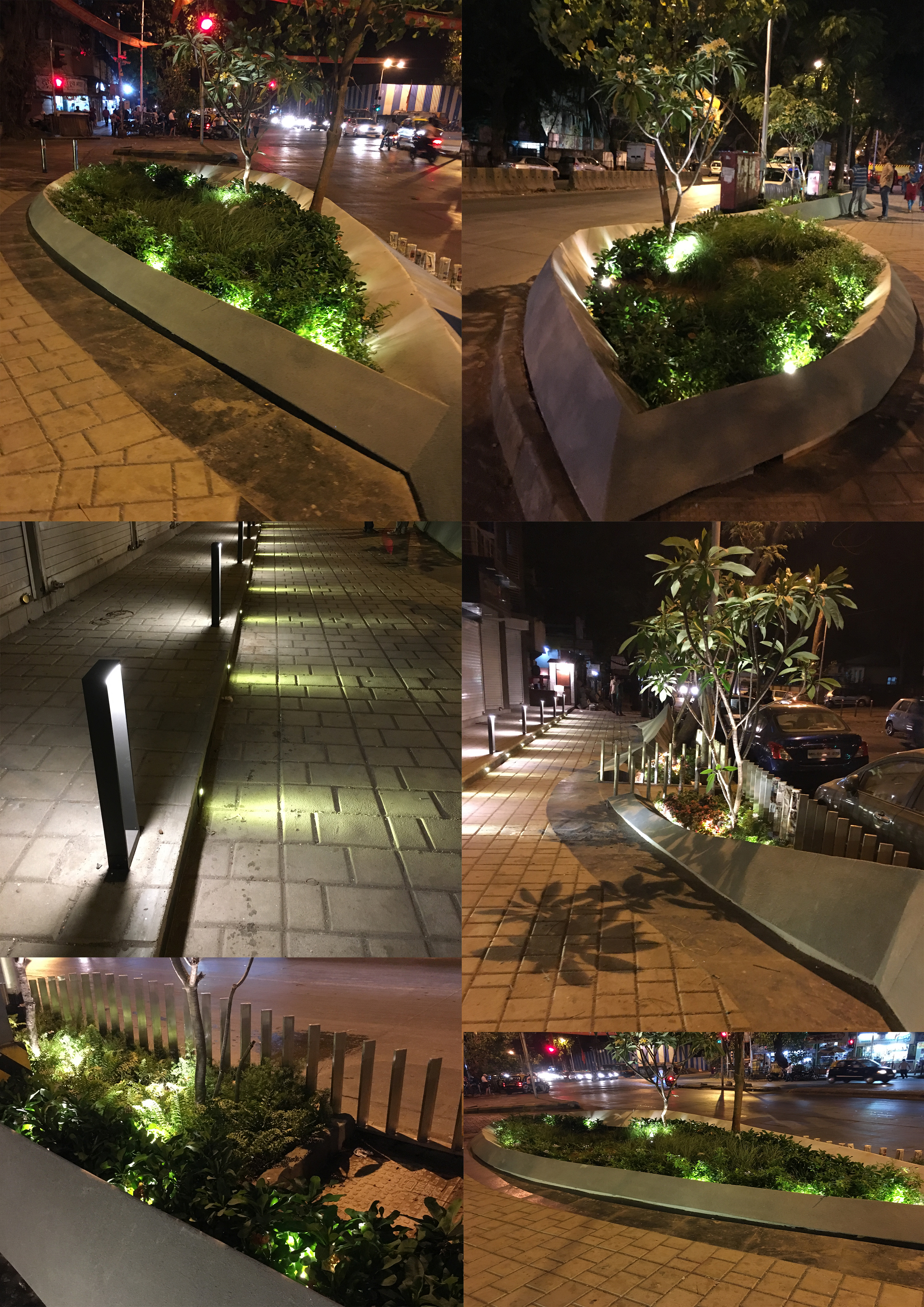
Uploaded on 2017-06-13 by Adnya Naik
The images in this collage have been taken in the Prabhadevi area of Mumbai. These images show Mumbai’s electricity usage as infrastructure. Electricity as infrastructure Being India’s financial capital, Mumbai’s needs 24/7/365 electricity supply. There is a supply-demand shortfall yet the BMC uses conventional energy to light up the aesthetics of primitive public sidewalks. This supply demand shortfall is met through external power purchases, which are very costly. Hence, the overall retail tariff for power is very high compared to other Indian cities, which is a very grave concern for citizens. The Government can award urban public projects to architects & planners that use sustainable design concepts & use un-conventional energy techniques as follows: 1. Piezoelectricity (use of materials that convert kinetic energy of humans to electricity 2. Solar Photovoltaics (Use of solar panels that beam the sun energy into electricity) In Mumbai, the demand for electricity has always been more than the supply. The importance of electricity as a prime driver of growth is very well acknowledged and in order to boost the development of power system, the Indian government has participated in a big way through creation of various corporations such as, State Electricity Boards (SEB), NTPC Limited, NHPC Limited and Power Grid Corporation Limited (PGCL). The electricity infrastructure in Mumbai is not capable of providing enough electricity is because of following reasons: 1. Shortage of equipment (boilers, generators, turbines) 2. Many areas are not accessible to electricity grids 3. Unstable power supply due to change of frequency which is result of consumer load keeps changing 4. Equipment damages